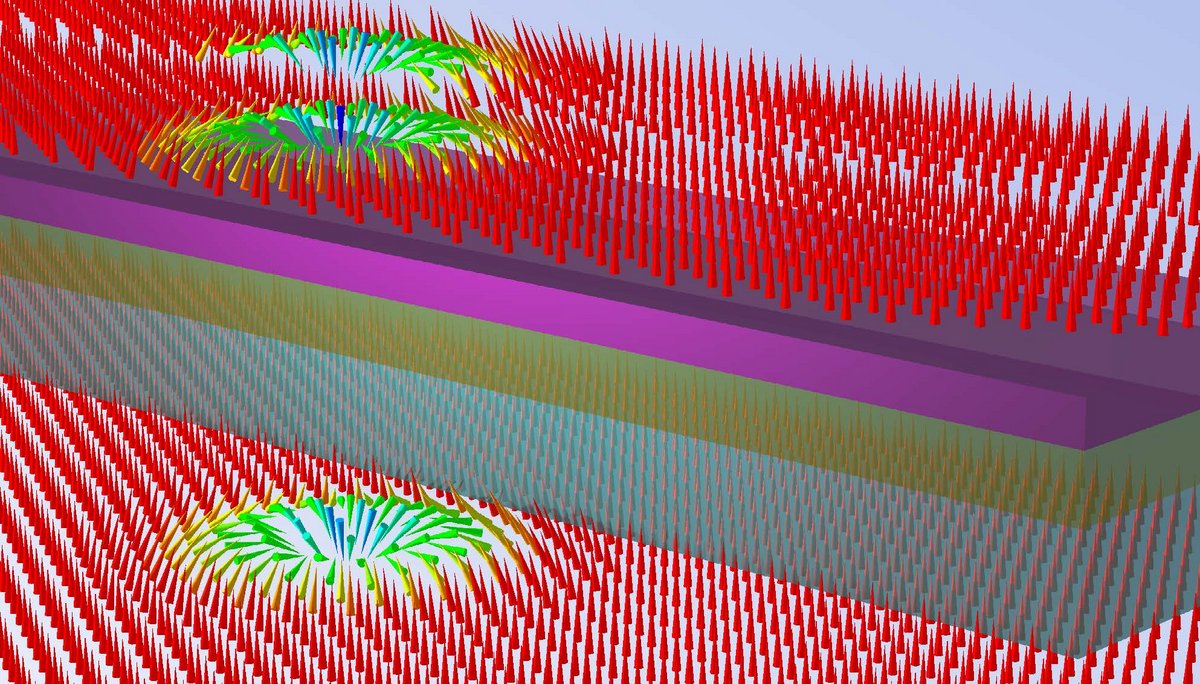Theo. Kolloquium: A multiscale approach to interfacial magnetism
Wann
Montag, 1. Juli 2019
13:30 bis 15 Uhr
Wo
P 603
Veranstaltet von
Der Fachbereichssprecher
Vortragende Person/Vortragende Personen:
Interim Prof. Dr. Bertrand Dupé Johannes Gutenberg University Mainz
Magnetism at interfaces is becoming a major player in magnetic devices such as in magnetic random access memory (MRAM) [1]. Interfaces can host a wide range of phenomena: the changes of chemical potential can induce large electric fields and the breaking of inversion symmetry allows the emergence of new transport properties or new interactions. The study of material properties at this scale requires to understand the interplay between chemical, structural and fonctional properties at the microscopic scale. This can be achieved based on atomistic simulations parametrized via density functional theory (DFT) calculations. Recently, magnetism interfaces have been attracting lots of attention due to the presence of a chiral interfacial interaction called the Dzyaloshinskii-Moriya interaction (DMI). The DMI stabilizes chiral non-collinear magnetic textures such as domain-walls or skyrmions which can be manipulated efficiently by electrical currents and offer attractive perspectives for future spintronic applications [2]. Here, we show that density functional theory can be used to accurately describe the stability of non-collinear magnetic textures at surfaces [3] and interfaces [4]. Especially, we show that atomistic Hamiltonians parametrized via DFT calculations can be used to engineer the magnetic properties of interfaces and explain the occurance of skyrmions or explain their transport properties [5]. Our microscopic model revealed that a new type of magneto-resistance, called the non-collinear magnetoresistance (NCMR), could emerge depending on the skyrmion radius [10]. Our method further allows the exploration of the stabilization mechanisms of skyrmions. We could show that the competition between magnetic interactions can give rise to the simultaneous stabilization of both skyrmion and anti-skyrmions with peculiar dynamical properties [6]. Our findings also suggest new mechanisms to nucleate skyrmions such as magnetization quenching [7] or ultra-fast laser pulses [8]. These achievements show that Hamiltonians parametrized via DFT are a powerful tool to design materials with tuned magnetic, ferroelectric and optical properties.

